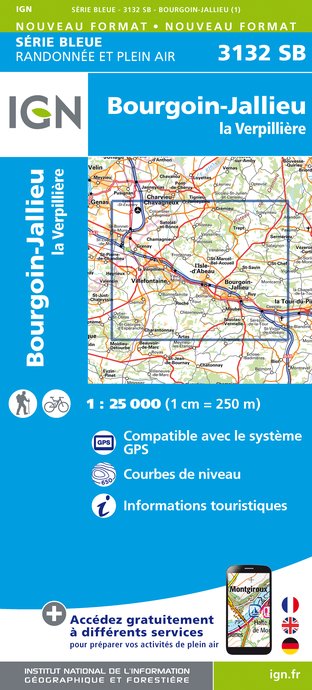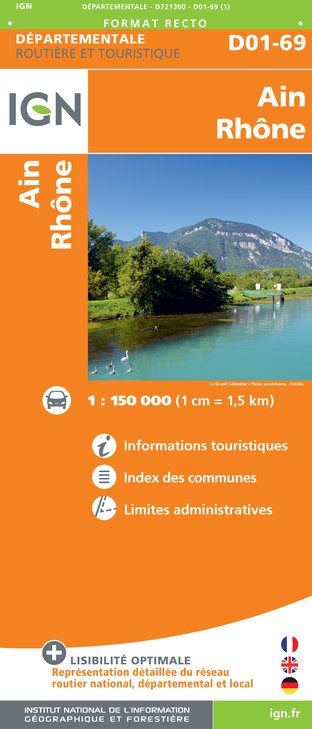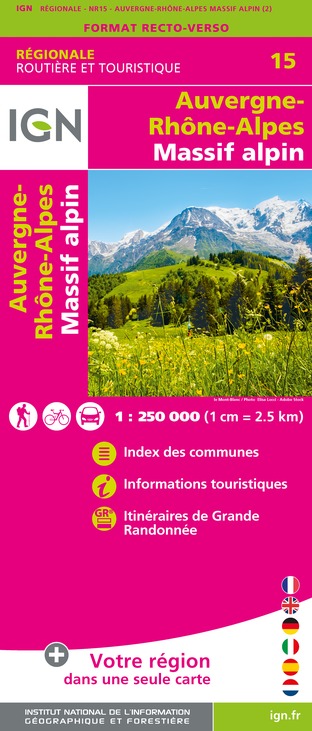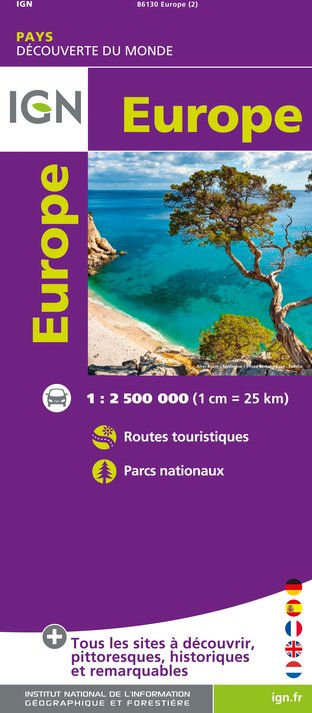Alert
Alerts
From one treasure to another : nature walks around the Courtenay ponds






IGN cards










Description
This walk is a true immersion in nature. From the Salette pond to the shady paths of Billonnay, passing through the hamlet of Tirieu with its remarkable buildings, the route reveals small ponds and superb panoramas of the Alps.
Technical Information
Altimetric profile
Starting point
Points of interest
Additional information
Open period
All year round daily.
Subject to favorable weather.
Favourites / Must-sees
With 43 listed ponds, 32 of which are home to heritage species or habitats, Courtenay is the Isle-Crémieu region's richest commune in terms of water bodies. Of these, the Salette pond stands out in particular. Located to the west of the town, along the départementale 140, this site offers a vast expanse of water, overgrown with rushes in summer, creating a very special landscape.
The Etang de Salette is an exceptional site for its biodiversity, home to remarkable flora and fauna. It is home to 20 heritage species, including 15 threatened birds such as the marsh harrier and the little bittern. The pond is a favourite refuge for birds, particularly during the wintering and migration periods.
Dragonflies are also well represented, with 3 rare species. Amphibians, such as the tree sparrow and the cistude tortoise, two protected species, complete this wealth of fauna.
fauna. For the more curious, the Salette pond has an observatory where you can enjoy this fragile, unspoilt environment in complete discretion.
Updated by
Office du Tourisme Les Balcons du Dauphiné - 24/11/2025
www.balconsdudauphine-tourisme.com/
Report a problem
Environments
In the country
Mountain view
Pond within 5 km
Panoramic view
Sensitive Natural Area
Contact
Phone : 04 74 80 19 59
Email : tourisme@balconsdudauphine.fr
Website : https://www.balconsdudauphine-tourisme.com/
Facebook : https://www.facebook.com/profile.php?id=61556501098829
Type of land
Stone
Ground
Grit
Not suitable for strollers
Topo guides and map references
Topo guides references :
A walking guide "D'un trésor à l'autre : randonnée nature autour des étangs de Courtenay" (FFR - Collection Balcons du Dauphiné) is available from the Tourist Information Offices in Crémieu, Morestel, Les Avenières-Veyrins-Thuellin and Saint-Chef.
Reception complements
Hiking boots recommended.
History, culture and heritage
Tirieu is home to an important vernacular heritage: fountains and bread ovens sit alongside the imposing stone mansions of this picturesque hamlet. A 14th century fortified house can still be seen. There is a strong local belief that this building once belonged
belonged to a commander of the Order of Malta.
Still according to local legend, the Moors passed through the hamlet in the VIIIth century, leaving behind a treasure. Before leaving in a hurry, they are said to have declared : "Courtenay, we leave you richer than Paris and Lyon" !
Guidebook with maps/step-by-step
1- From the car park, take the road to the left, and stay on the right at the next crossing. Go around the big farm, the road rises gently.
Very nice view on the pond of Salette and on the village of Courtenay.
After passing the few houses in Fézillère, you come to the hamlet of Piarday.
2- Turn left towards the Billonnay ponds. A little further on, leave the road and continue straight ahead on a wide track as far as the ‘Étangs de Billonnay’ sign. Go left into the woods towards Pré Pelat.
Open out onto a meadow, then walk down the path, which is stony in places, and continue until you come to a fork in the road.
There is a beautiful panoramic view of the Alps.
Leave the track on the right and take the path on the left as far as the road. Cross the road to take the path opposite. After 50 m, fork left onto the track and follow it as far as the ‘Pré Pelat’ sign.
Continue to take the road down to Tirieu.
3- At the first houses, cross the crossroads and take the Chemin du Ru. At the ‘Tirieu’ signpost, follow the signs for the Salette pond. At the fountain, keep right.
Then take the Chemin des Verchères on the left. At the last house, the road becomes a track. After a slight climb, fork left 300 m further on. Continue until you reach
At a milestone, turn left and the track follows the edge of the wood. Turn left as you enter the wood.
Continue through the meadows until you reach the road, which you follow to the right. At the first track, turn left towards the By pond. Walk alongside the pond until you reach the road, which you follow to the right until you reach the Chemin de la Salette, which takes you back to the car park.
Animals
Yes. Pets allowed on lead only.
Data author















